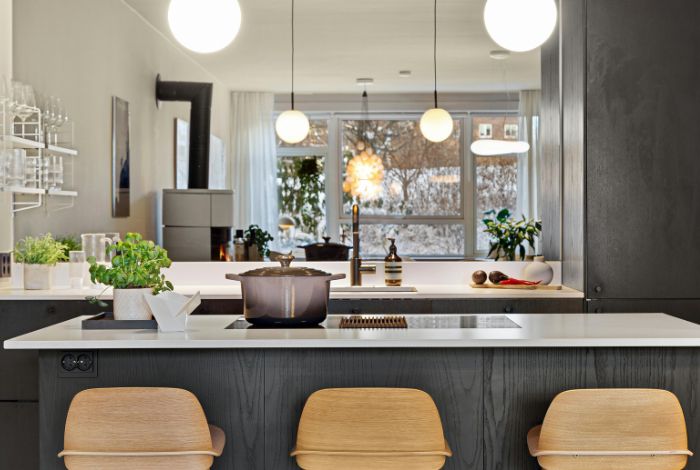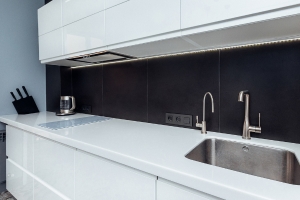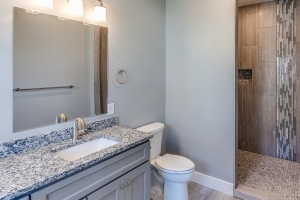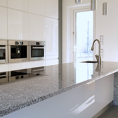Inlays and Patterns Make Your Countertops Unique

Countertops go beyond practicality; they’re a key component of your kitchen or bathroom aesthetic. Inlays and patterns are a great way to customize a veneer top to really make it stand out and fit your decorative vision. From metal accents to detailed stonework, here’s what you need to know about customizing countertops with inlays.
1. What Are Countertop Inlays
Inlays entail e1.mbedding decorative elements deep inside the surface of a countertop to form unique patterns, logos, or artistic designs. These unique aspects provide depth and visual interest that can turn any mundane surface into a showpiece.
2. Best Materials for Inlays
Depending upon the desired look and durability, an inlay can be made of a variety of materials. Popular options include:
- Metal (Brass, Copper, Stainless Steel) — Provides a polished, contemporary or rustic vibe.
- Glass: Creates a modern, artistic look.
- Natural Stone (Marble, Quartzite, Granite): Elevates glamour by playing opposing textures against each other.
- Wood: Adds warmth and natural beauty to countertops.
- Resin: Can create colorful, artistic, or even glow-in-the-dark designs.
3. Need Ideas for a Unique Custom Countertop Pattern?
If you need a little inspiration, how about these inlay patterns?
- Geometric Designs
- Consider insets of hexagons, herringbone or chevron patterns for a modern touch.
- Contrast materials (brass inlays in quartz countertops) add sophistication.
2. Floral and Organic Motifs
- Use glass or stone inlays to add subtle floral patterns.
- Wood and/or resin nature inspired flowing design
3. Monograms and Logos
- Customize countertops with family initials, business logos or creative emblems.
- Perfect for commercial spaces, boutique kitchens or home bars↑
4. River and Vein Effects
- Mimic natural water flow with epoxy or resin inlays.
- Inc.[4]: Expertly combine metallic or glow-in-the-dark accents for a show-stopping visual effect.
4. How to Use Inlays in Countertops
Step 1: Select Your Base Material
Your inlay design should harmonize with your countertop material. More porous materials like quartz, marble, granite, and concrete are easier to incorporate inlays.
Step 2: Pick an Appropriate Inlay Material
Choose an aesthetic and durable inlay.
Step 3: Partner with an Experienced Fabricator
Precision is key! In fact, professional countertop fabricators can implement complex designs with CNC cutting or artistic methods.
Step 4: Make Your Seal and Maintenance Decisions
Seal natural stone, polish metal, or use durable resins to keep your inlays looking fresh.
5. Custom Countertop Inlays: Things That Add To Costs
 Custom inlays have a price ranging between:
Custom inlays have a price ranging between:
- Type of material (metal and stone inlays tend to cost more than resin).
- The complexity of the design (more elaborate patterns need more land and expertise).
- Fabrication method (machine-etched designs may be less costly than hand-cut inlays).
Adding inlays and unique patterns to custom worktops is a great way to bring personality and sophistication to any space. What with all those metal, glass, wood and resin decorative items that serve as accent pieces and attract the eye to the centre of attention. For years to come, a custom countertop can serve as a beautiful statement piece if you work with a skilled fabricator and select durable materials.






